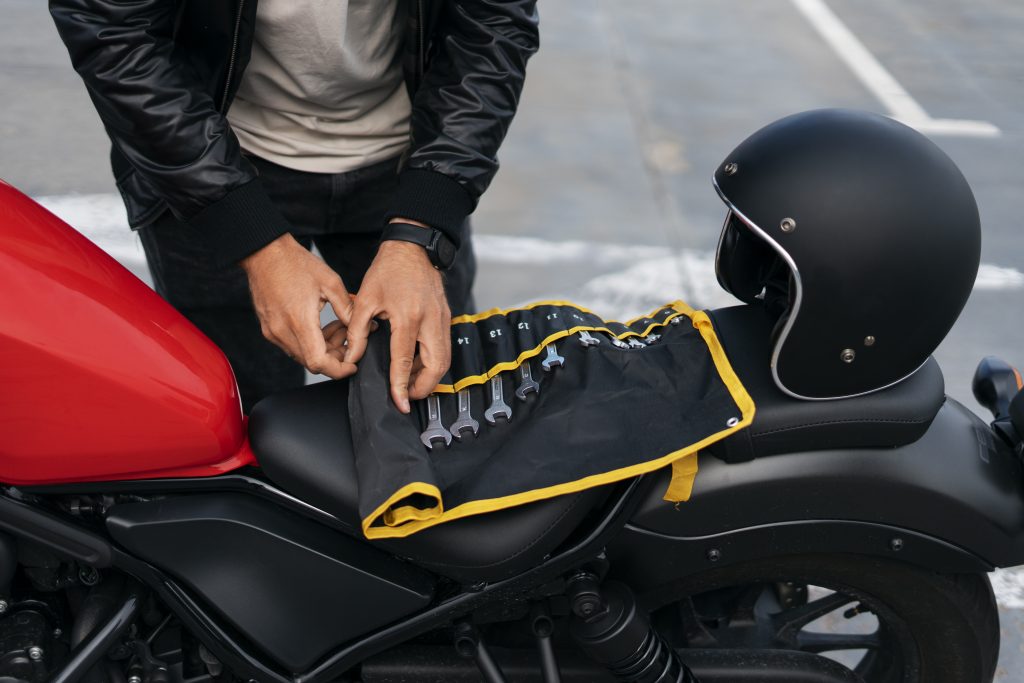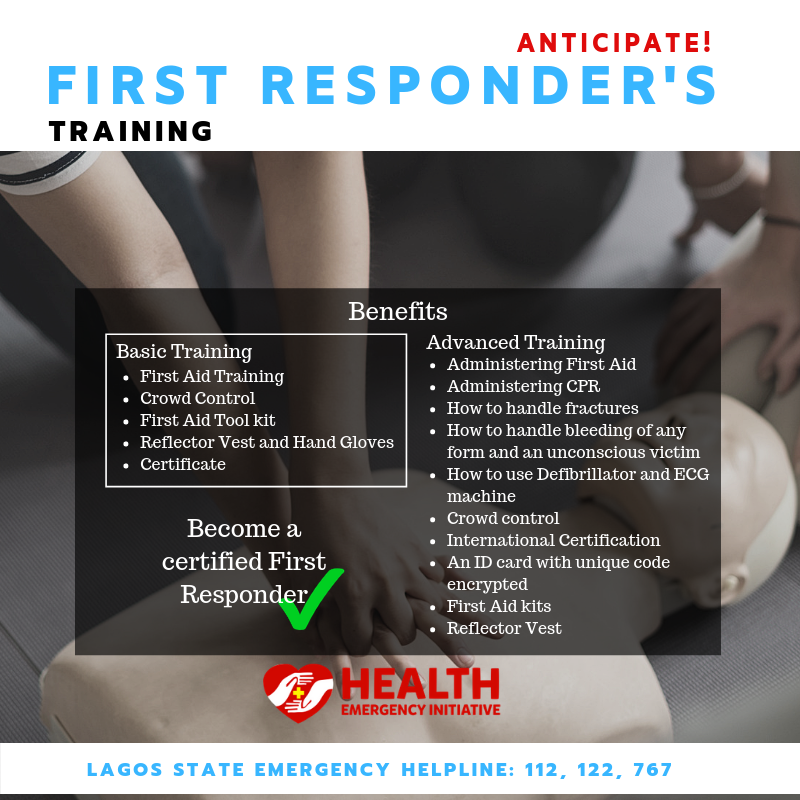Introduction
In Nigeria, road traffic accidents remain a significant risk. In 2023, 5,081 people were killed–and 31,874 injured–in road traffic crashes nationwide, according to the Federal Road Safety Corps (FRSC). While the total number of deaths represented a 21 percent decrease from 2022, there is still much work to be done in reducing total fatalities and injuries.
Motorcycles, especially, come with unique risks. In fact, motorcyclists accounted for more than half of road deaths–as high as 70 percent–in many sub-Saharan countries in 2022, according to a report by NGO Amend, the FIA Foundation and the Fédération Internationale de Motocyclisme (FIM).
At Health Emergency Initiative (HEI), we are dedicated to promoting road safety and emergency preparedness. Here are some motorcycle safety preparedness tips and 10 practices to help you ride safely.
Regular Motorcycle Maintenance

Keeping your motorcycle well-maintained is the first step in ensuring road safety. Regularly inspecting your bike between rides can prevent accidents caused by mechanical failures.
Before Every Ride:
- Check Tires: Check your tire pressure to ensure your tires are properly inflated and have adequate tread. Replace worn-out tires promptly.
- Check Fuel: Ensure you have adequate fuel for your trip.
Monthly and Before Long Rides:
- Inspect Brakes: Check your brake pads and fluid levels to ensure they’re properly functioning.
- Monitor Fluids: Check your engine oil, coolant and other necessary fluid levels, and top up as needed.
- Examine Lights and Horn: Ensure your headlights, taillights, brake lights and turn signals are functioning correctly, along with your horn.
Top 10 Safe Riding Practices
Adopting safe riding habits can significantly reduce the risk of accidents.
- Plan Routes: Use navigation systems to plan routes ahead of time, avoiding heavy construction zones, traffic areas and any known obstacles.
- Check the Weather: Avoid riding in severe weather conditions. If you must ride out, slow down and increase your following distance between vehicles.
- Wear Safety Gear: Wear the right gear to protect yourself from common road elements and debris. This includes a DOT-approved helmet, helmet with a face shield or goggles (for eye protection), leather or reinforced jackets, pants, non-slip gloves and over-the-ankle boots. In dark or cloudy conditions, wear bright, reflective clothing, such as a vest, to be easily spotted by other drivers.
- Carry a First Aid Kit: Carry an easily accessible First Aid kit consisting of bandages, disinfecting wipes, alcohol or hand sanitizer, gauze and adhesive tape in case of accidents.
- Obey Traffic Laws: Follow speed limits, road signs and traffic signals on all roads and highways.
- Avoid Distractions: Do not use your phone while riding. Focus on the road at all times.
- Watch for Road Obstacles: Stay away or slow down on areas covered in sand, oil or gravel, as well as bumps and potholes.
- Maintain Safe Distance: Maintain a safe distance (at least four seconds) from the vehicle ahead to allow sufficient time to react to sudden stops.
- Keep an “Escape Route” in Mind: Always keep an emergency escape route in mind, such as moving to the shoulder or side of the road. This can help you drive defensively in case you need to respond to an unexpected event.
- Use Turn Signals: Always signal your intentions to other drivers to avoid collisions.
Responding to Roadside Emergencies
Knowing how to respond in a roadside emergency can make a difference between life or death. Refresh your emergency preparedness knowledge by reviewing our 10 simple steps on how to give First Aid to accident victims.
In general, respond using the below best practices.
- Stay Calm: If you experience a breakdown or accident, remain calm and ensure your safety first.
- Move to Safety: If possible, move your motorcycle to the side of the road to avoid blocking traffic.
- Use Hazard Lights: Turn on your hazard lights to alert other drivers.
- Call for Help: Contact roadside assistance or emergency services for help.
In addition, regularly review critical CPR and First Aid (wound care) skills to prepare you for more severe emergencies.
Conclusion: Training and Education with Health Emergency Initiative
At HEI, we believe that road safety is a shared responsibility. With proper education and preparedness, we can save lives and create safer, more responsible communities.
We recommend you to:
- Remain Updated on Local Traffic Laws
- Attend Riding Safety Workshops
- Enroll in First Responder Training (CPR and First Aid)
HEI’s First Responders training includes First Aid training, CPR training and additional skills to empower you to handle emergencies effectively.
For more information, visit: https://hei.org.ng/get-involved.


